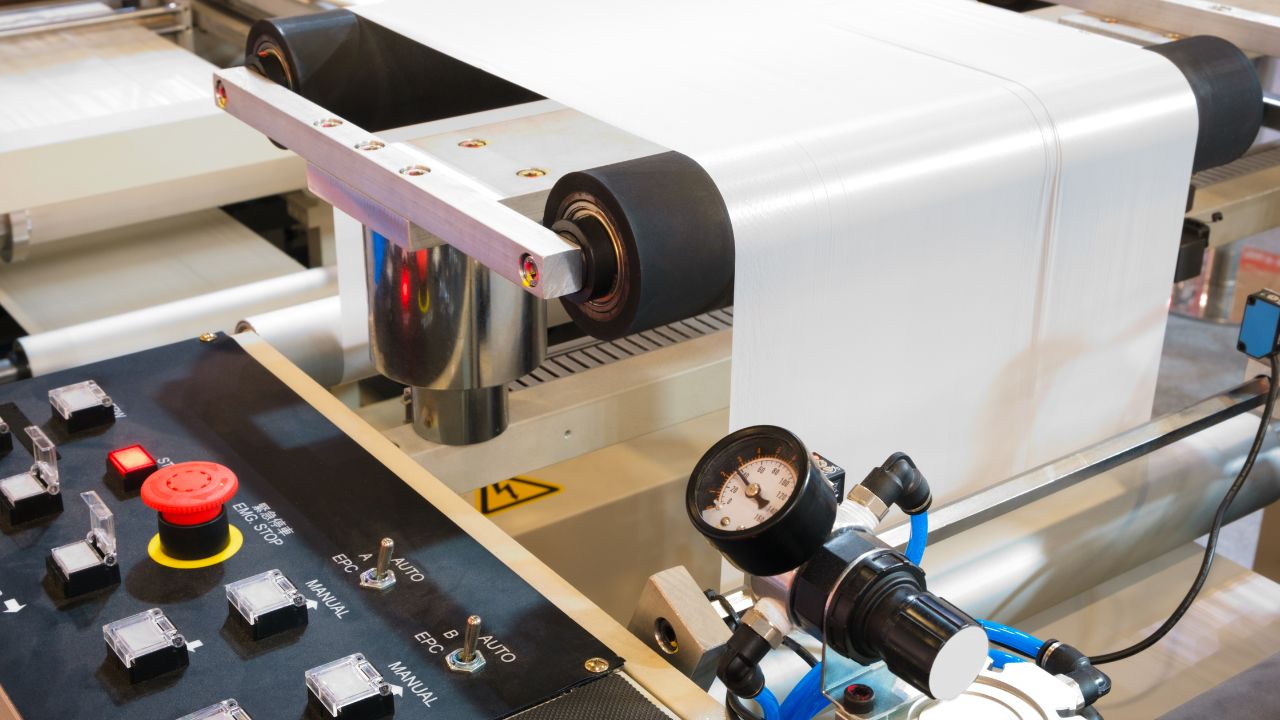The pharmaceutical labeling process is a critical step in the production and packaging of medications. Proper labeling ensures that products are compliant with regulatory standards, provide essential information to consumers, and maintain traceability throughout the supply chain.
However, environmental conditions, specifically temperature and humidity, can have a significant impact on the effectiveness and reliability of the labeling process. These factors must be carefully managed to ensure that the labeling process remains efficient and accurate.
Temperature’s Impact on Labeling
Temperature can affect several aspects of the pharmaceutical labeling process, from the adhesive properties of the labels to the performance of the labeling machinery itself. In extreme temperatures, labels may fail to adhere properly to the packaging, which can result in misaligned, damaged, or even completely detached labels.
- Adhesive Performance: The adhesive used on pharmaceutical labels is designed to bond to various types of packaging materials, including plastic, glass, and metal. However, at high temperatures, the adhesive can become too soft, causing the label to slide or wrinkle during application. Conversely, in low temperatures, the adhesive may become too rigid, reducing its tackiness and preventing proper bonding to the surface of the packaging. Maintaining a consistent, moderate temperature during the labeling process is crucial for ensuring the adhesive functions correctly.
- Label Material Integrity: Temperature fluctuations can also affect the label material itself. Certain materials, such as paper-based labels, may expand or contract in response to temperature changes, leading to misalignment or distortion of the printed information. Plastic or synthetic labels are more resistant to temperature changes, but they too can experience deformation in extreme conditions.
- Machinery Performance: High or low temperatures can also impact the operation of labeling machines. For instance, electronic components within the machinery may overheat in high temperatures, causing malfunctions or shutdowns. Cold environments, on the other hand, can lead to mechanical stiffness, resulting in slower processing speeds or inaccurate label application. Therefore, maintaining a controlled temperature in the production environment is essential for ensuring machine performance and label accuracy.
Humidity’s Impact on Labeling
Humidity, or the amount of moisture in the air, also plays a significant role in the pharmaceutical labeling process. Excessive humidity can introduce moisture to both the label and the packaging, while very low humidity can lead to static electricity, both of which can affect the adhesion and application of labels.
- Adhesion Issues: High humidity can cause moisture to accumulate on the surface of the packaging, making it difficult for labels to adhere properly. The moisture can act as a barrier between the adhesive and the packaging, resulting in labels that peel off or fail to stick. Additionally, if the label material absorbs moisture, it can lead to wrinkling, bubbling, or other forms of deformation that compromise the appearance and functionality of the label.
- Static Electricity: In environments with low humidity, static electricity can build up on both the labels and the packaging. This can cause labels to cling to each other or to machinery components, leading to application errors. Static electricity can also attract dust and other particles, which can contaminate the adhesive and prevent proper bonding.
- Storage Considerations: Even after the labeling process is complete, the labeled pharmaceutical products must be stored in controlled conditions to prevent humidity-related issues. Prolonged exposure to high humidity can cause labels to deteriorate, lose their adhesive strength, or become unreadable.
Mitigating the Effects of Temperature and Humidity
To mitigate the effects of temperature and humidity in the pharmaceutical labeling process, manufacturers should implement climate control systems in the production area. This involves maintaining consistent temperature and humidity levels that are optimal for both the labeling machinery and the label materials. Using materials and adhesives that are specifically designed for the pharmaceutical industry, and that can withstand environmental fluctuations, is also essential.
Additionally, regular maintenance of labeling machines can prevent malfunctions caused by extreme temperatures, ensuring that the process remains efficient and accurate. By managing environmental conditions effectively, pharmaceutical manufacturers can avoid costly labeling errors and ensure that their products meet the high standards required by regulatory authorities.
In conclusion, temperature and humidity play a significant role in the pharmaceutical labeling process. Proper control of these environmental factors is essential to maintaining the integrity of labels and ensuring that the labeling process remains efficient, accurate, and compliant with industry standards.

